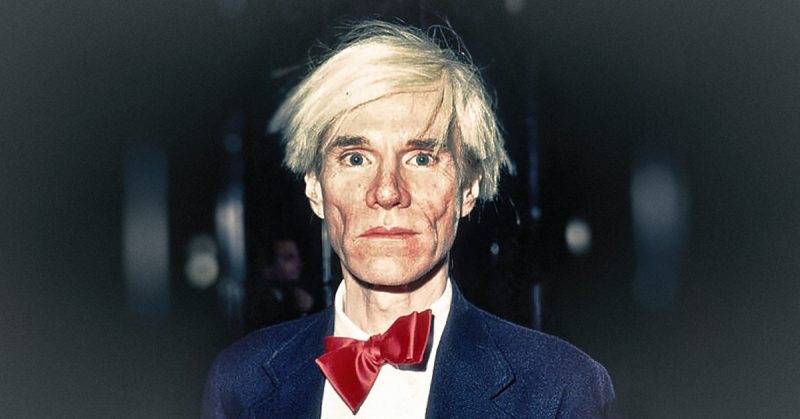Mention the name Andy Warhol and most people would instantly think of his painting of a Campbell’s Tomato Soup can, his portrait of Marilyn Monroe, or his prediction that everyone would enjoy 15 minutes of fame.
Some might mention his unruly hair—without realizing it was a wig. And yet, the website hairisforpulling.blogspot.com suggests that the silver-grey wig made the renowned pop artist what he was. In effect, it gave him his brand.
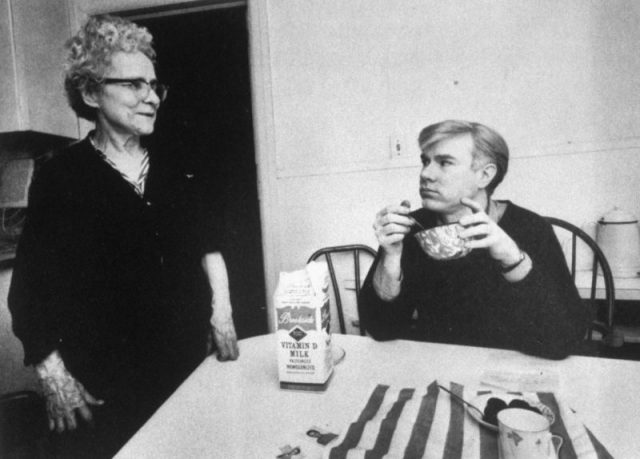
The wig (or, more accurately wigs—it seems he built up quite a collection of them) was not so much about style as image. Warhol believed that the wig gave him a personality of “otherness.”
Warhol (1929-87) began wearing wigs in the 1950s when he started going bald. According to hairisforpulling.blogspot.com, he started with a mouse-brown creation, moved through several shades of blond, and eventually settled on silver grey. His theory was simple: if you looked old all the time, no one would know how old you were.
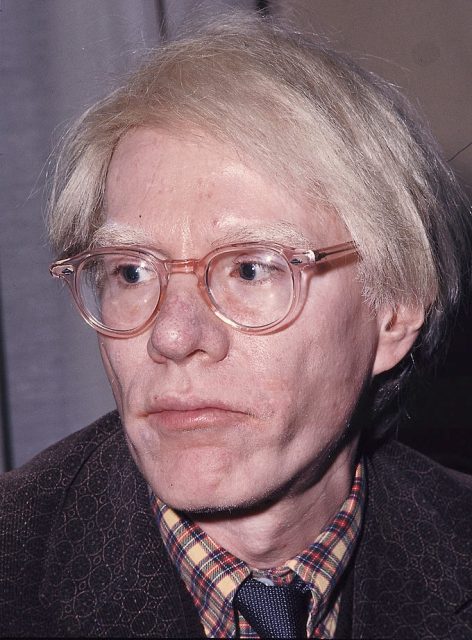
The wigs may have been about more than vanity. It has been proposed that there was more to Warhol’s wig-wearing than hiding a bald patch or defining an image.
The site suggests Warhol had deep insecurities arising from his religious upbringing and his homosexuality. He also wanted to find a balance between appearing less gay to achieve commercial success, while at the same time appearing attractive to other men.
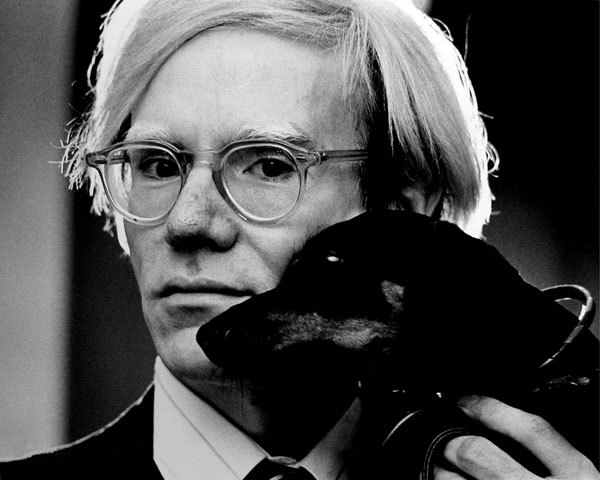
There is a suggestion that the artist was anxious to hide other issues as well. Visitors to his apartment said that he often greeted them wearing masks to hide skin problems. So it does appear there was more to wearing the wig than met the eye.
Despite all this, Warhol didn’t wear the wigs with any great care. They were generally placed randomly and with his remaining dark hair sticking out underneath.
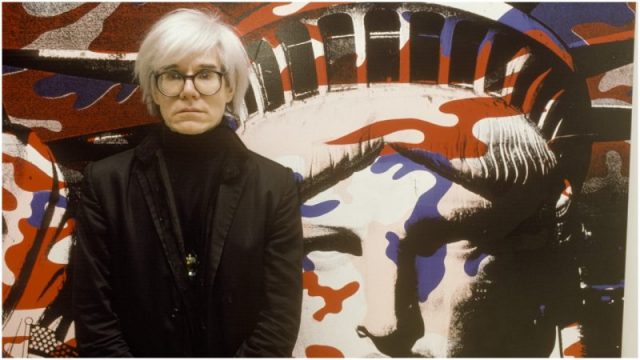
Most of the wigs seem to have been made in New York, and had the label “HAIRPIECE, Original by Paul.” It appears they were made with hair imported from Italy.
Although he wore wigs for many years, it was only in 1985 that Warhol’s worst nightmare came true when his wig was snatched clean off his head. UPI.com recounts that a woman made her bid for 15 minutes of fame by grabbing the hairpiece at a New York book-signing.
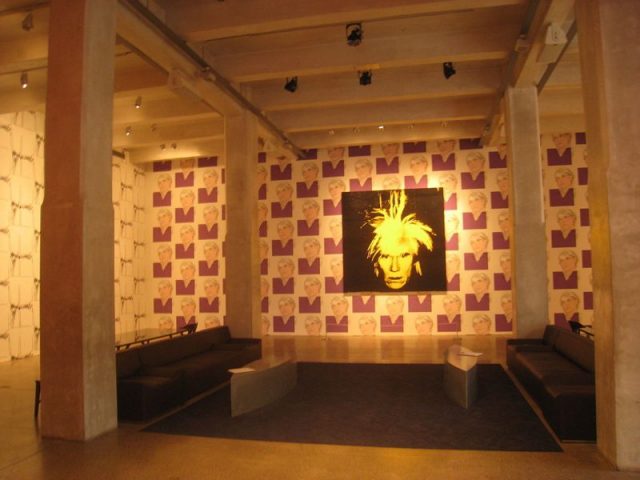
In his own words, quoted on Warholstars.org : “I don’t know what held me back from pushing her over the balcony. She was so pretty and well-dressed.
I guess I called her a b—- or something and asked how she could do it. But it’s okay, I don’t care—if a picture gets published, it does. There were so many people with cameras.
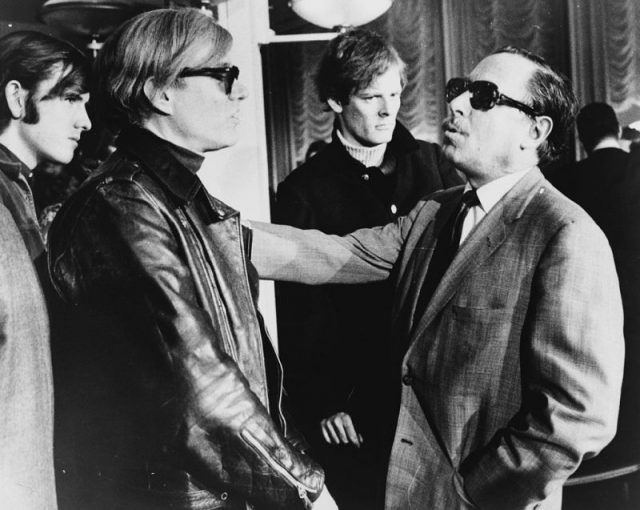
Maybe it’ll be on the cover of Details, I don’t know… It was so shocking. It hurt. Physically… And I had just gotten another magic crystal which is supposed to protect me and keep things like this from happening…”
Despite that, Warhol was apparently relatively unfazed by the incident and continued signing copies of his book America! after pulling up his parka hood. There is no report of the culprit being apprehended, so it appears she made good her escape.
hairisforpulling.blogspot.com states that Andy Warhol never threw a wig away, and that after his unexpected death in 1987 following a bladder operation in a New York hospital (reported by BBC History), more than 100 wigs were found among his possessions. Forty of them are in the Andy Warhol Museum in Pittsburgh, Pennsylvania.
Although someone else’s wig is probably not a gift most of us would treasure, in a curious act of generosity, Warhol framed one of his and gave it to fellow artist Jean-Paul Basquiat as a finished work of art. While possibly not to everyone’s taste, the gesture may have been more altruistic than it appears at first sight. In 2006, Christie’s sold it for $10,600.
